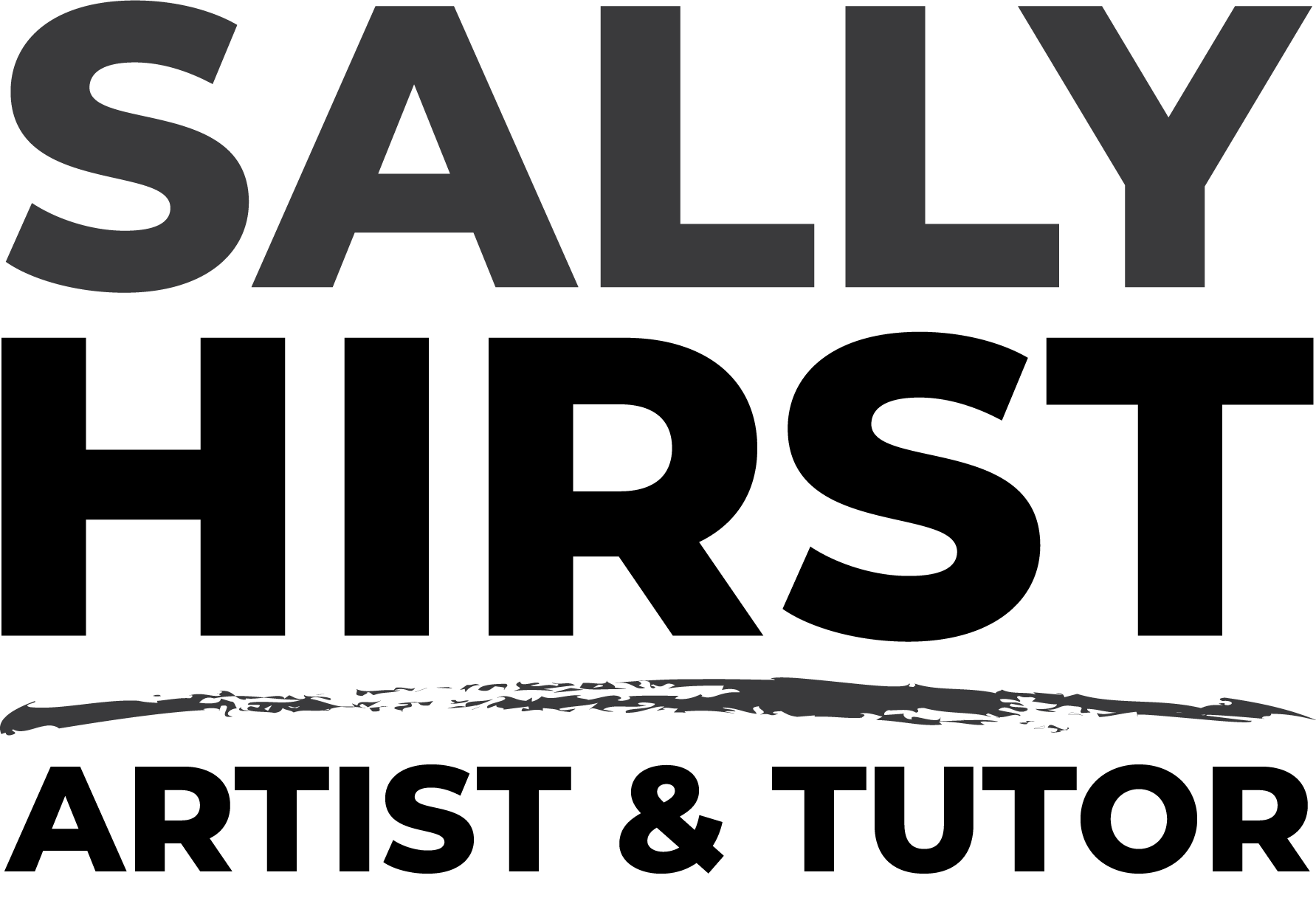I have been had an intense investigation into creating from recycled packaging. In many ways this is a return to ideas that surface regularly within my work; the abandoned, a desire for the insignificant given status….a reoccurring theme.
Lockdown highlighted the repetitive nature of our lives, and its an aspect of my printmaking that can be explored further. By its nature printmaking expires repetition, the matrix is reused.
My search for other supports and materials to make printing plates from is almost an obsession, a desire to push boundaries of the media, to see what it can offer. Jasper Johns did many works in this regard in which the intaglio plate was manipulated, its inking varied, its composition altered on the paper, or combined or superimposed with other plates.
On my online collagraphy course Make Plates Make Prints one of the many techniques I teach is using recycled boxes such as Tetra Pak®
For the course I created a simple ‘combination’ print of three pieces of box joined together and then made a concertina book with the print.

This simple idea was amazingly popular with the students on the course and I realised that this had the potential to be an exciting self contained self-paced course as ‘sister’ course to the Discover Collagraphy workshop. Once I started it was clear that there as so many ways of approaching this simple concept.

The new course TETRA ETCETERA is up and running and I am enjoying seeing what the students make.
I have made many discoveries on my Tetra Pak® printmaking journey; The unfolded box can be marked in many ways, with knives pens and drypoint tools, it can be embossed with anything firm like metal or wire, all these marks, and the ones inherent in its earlier folding will hold ink. It can be altered with paints and mediums. It’s not just Tetra Pak® that can be used, any box that has a smooth side will work…. as well as mirror card.
The revealing of the inside of the box, the deconstruction and unfolding is a reverse form of origami, one that reveals its origins, the marks of the die cutting process, a past matrix but which, in turn and at the same time, distances it from its subsequent use as a print matrix. When using these boxes I have to work with or against these lines as well as the shapes of the box.
For my own work the ideas around revealing has led to an investigation into paper engineering and film making, all still focused on the box as a theme.
Journeys were rare during lockdown but our creative ones continued. I hope you join me on this journey into printmaking with boxes.. who knows where this will take you!
STUDENT GALLERY














